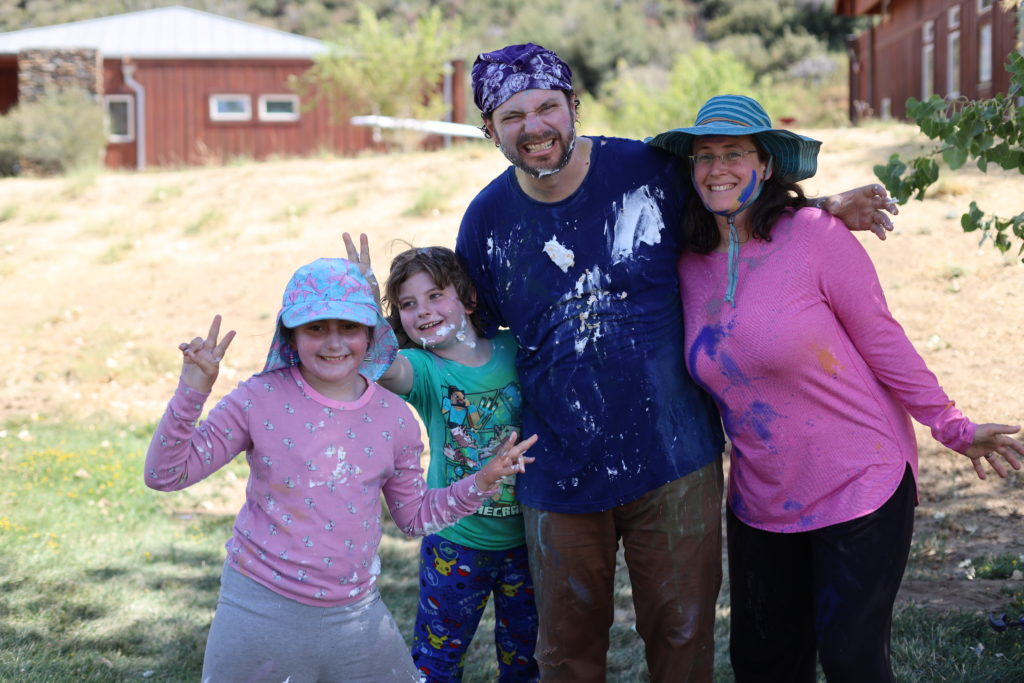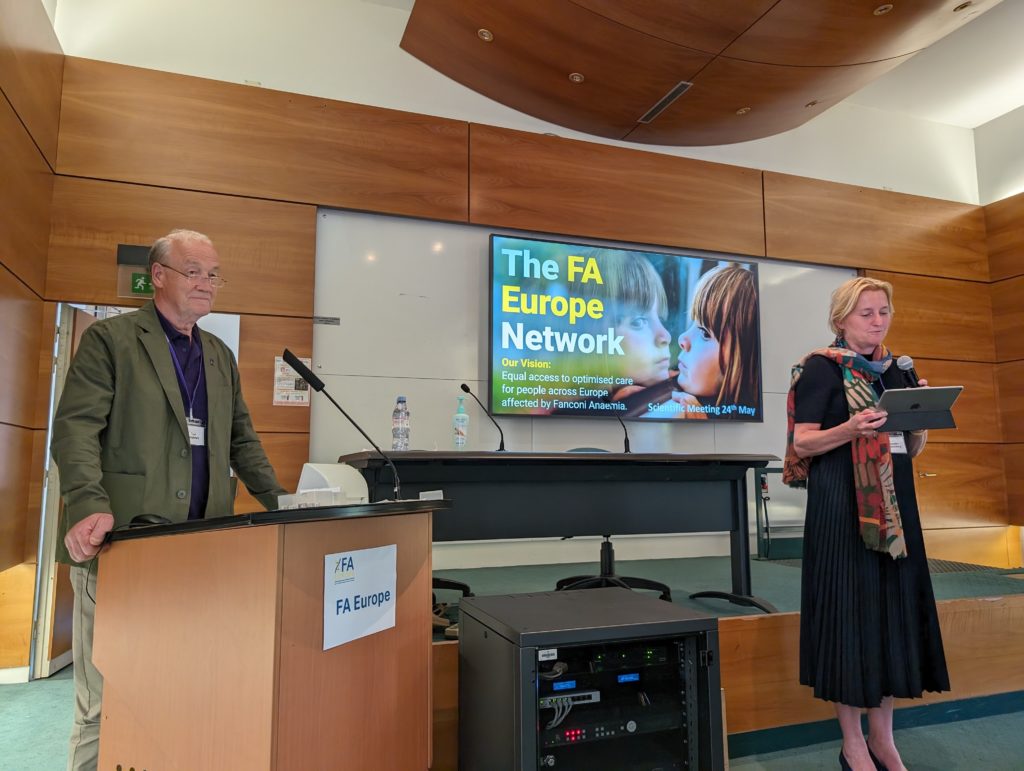LOS ANGELES – [October 28, 2021] – Stand Up To Cancer (SU2C) today announced the Stand Up To Cancer–Fanconi Anemia Research Fund–Farrah Fawcett Foundation Head and Neck Cancer Research Team. The team will concentrate on new approaches to address head and neck squamous cell carcinoma, with an emphasis on cancers related to the human papillomavirus (HPV) and Fanconi anemia.
The team has been awarded $3.25 million over three years to advance therapies, support new approaches and improve patient outcomes for head and neck cancers. The team will receive $1.5 million each from the Fanconi Anemia Research Fund and the Farrah Fawcett Foundation. The American Head and Neck Society and the Head and Neck Cancer Alliance have each provided $125,000 to support the team. This is the first time these four organizations have come together in an unprecedented collaboration to take on some of the toughest challenges in head and neck cancers. This is also the first time SU2C has worked with a nonprofit foundation that is not directly focused on cancer research – the Fanconi Anemia Research Fund.
“There is tremendous work that needs to be done to make progress in treating head and neck cancers, which approximately 66,000 Americans will be diagnosed with this year,” said Sung Poblete, PhD, RN, CEO of Stand Up To Cancer. “It is truly groundbreaking for these four donors to come together in this unique collaboration to support this team and make this critical research possible. I’m grateful for their vision and focus on our shared goal: to make more people impacted by head and neck cancers long-term survivors.”
Agata Smogorzewska, MD, PhD, associate professor at The Rockefeller University will lead the research team and Barbara Burtness, MD, professor of medicine, interim associate director for diversity, equity and inclusion and co-leader, Developmental Therapeutics Program at Yale Cancer Center and Smilow Cancer Hospital, will serve as co-leader of the team.
The team will bring together experts working on different aspects of head and neck cancers with a focus on collaboration that speeds the discovery of new treatments. Using a variety of state-of-the-art tools to better understand how head and neck cancers develop, the team will improve treatments by identifying new combinations of current and emerging therapies that may be effective for these types of cancers.
“By improving our understanding of HPV-related and Fanconi anemia-associated cancers, we will be able to identify and develop new treatment and preventive strategies for individuals with these cancer types,” said Smogorzewska. “Our ultimate goal is to achieve better survival without compromising quality of life that is currently limited by treatment toxicity. The challenges of treating patients with Fanconi anemia who develop cancer are profound due to the inability to use standard chemotherapy. Similarly, for patients with HPV-related cancer, development of treatment resistance leads to poor outcomes.”
Head and neck cancers can appear in the nasal cavity, sinuses, lips, mouth, salivary glands, thyroid gland, throat or larynx. Fanconi anemia is a rare inherited disease characterized by the inability to repair DNA leading to bone marrow failure and cancer; the incidence of head and neck squamous cell carcinoma in people with Fanconi anemia is 500- to 700-fold higher than in the general population and treatment options are limited. Fanconi anemia, although rare, affects people of all ethnicities. HPV is a very common virus that can cause cancer, including cancer of the throat; approximately 45,300 people with HPV will get a cancer diagnosis every year in the U.S.
“The incidence of HPV-related head and neck cancer is increasing in all populations,” said Burtness. “Existing treatments for HPV-related head and neck cancer are often toxic. New treatments offer the promise of reducing toxicity and are an option for patients who do not respond to standard treatment. Our team’s approach to identifying new effective combinations of current and emerging treatments that could allow for safer and more effective therapies is critical in order to save more lives.”
In all races and ethnicities, men have higher rates of HPV-associated cancers of the oropharynx (back of the throat, including the base of the tongue and tonsils) than women. These diagnostics rates have surpassed cervical cancer in women bringing new urgency for this crucial research. Black and Hispanic men and women have lower rates of HPV-associated oropharyngeal cancers than white and non-Hispanic men and women. In addition to oropharyngeal cancers, HPV can also cause anal, cervical, penile, vaginal and vulvar cancers.
About Stand Up To Cancer
Stand Up To Cancer® (SU2C) raises funds to accelerate the pace of research to get new therapies to patients quickly and save lives now. SU2C, a division of the Entertainment Industry Foundation, a 501(c)(3) charitable organization, was established in 2008 by media and entertainment leaders who utilize these communities’ resources to engage the public in supporting a new, collaborative model of cancer research, to increase awareness about cancer prevention, and to highlight progress being made in the fight against the disease. As of September 2021, more than 2,000 scientists representing more than 210 institutions are involved in SU2C-funded research projects.
Under the direction of our Scientific Advisory Committee, led by Nobel laureate Phillip A. Sharp, Ph.D., SU2C conducts rigorous competitive review processes to identify the best research proposals to recommend for funding, oversee grants administration, and ensure collaboration across research programs.
Current members of the SU2C Founders and Advisors Committee (FAC) include Katie Couric, Sherry Lansing, Kathleen Lobb, Lisa Paulsen, Rusty Robertson, Sue Schwartz, Pamela Oas Williams, and Ellen Ziffren. The late Laura Ziskin and the late Noreen Fraser are also co-founders. Sung Poblete, Ph.D., R.N., serves as SU2C’s CEO, and Russell Chew as SU2C’s President.
For more information, visit StandUpToCancer.org, Instagram, TikTok, Twitter, Facebook, and YouTube.




